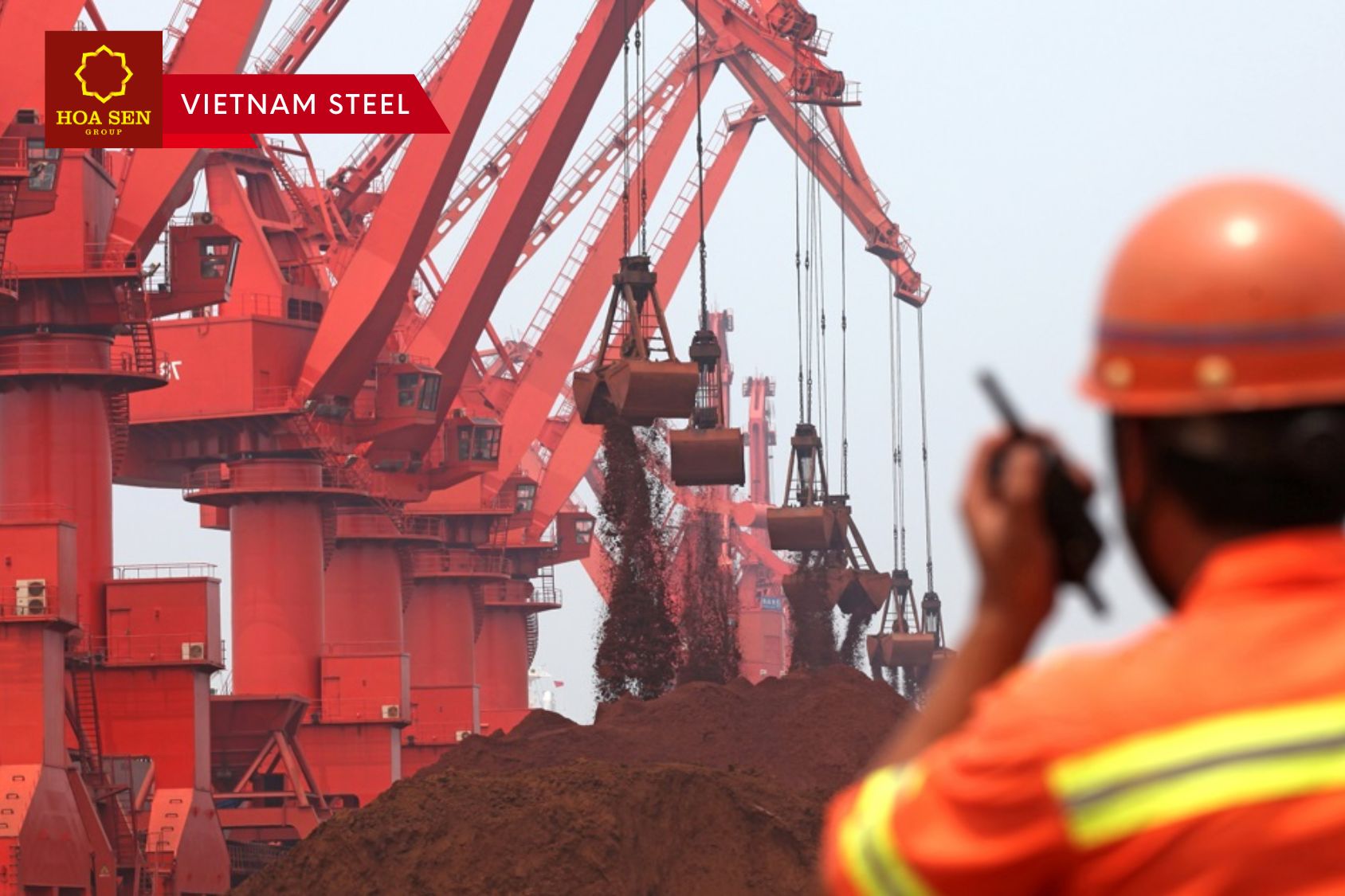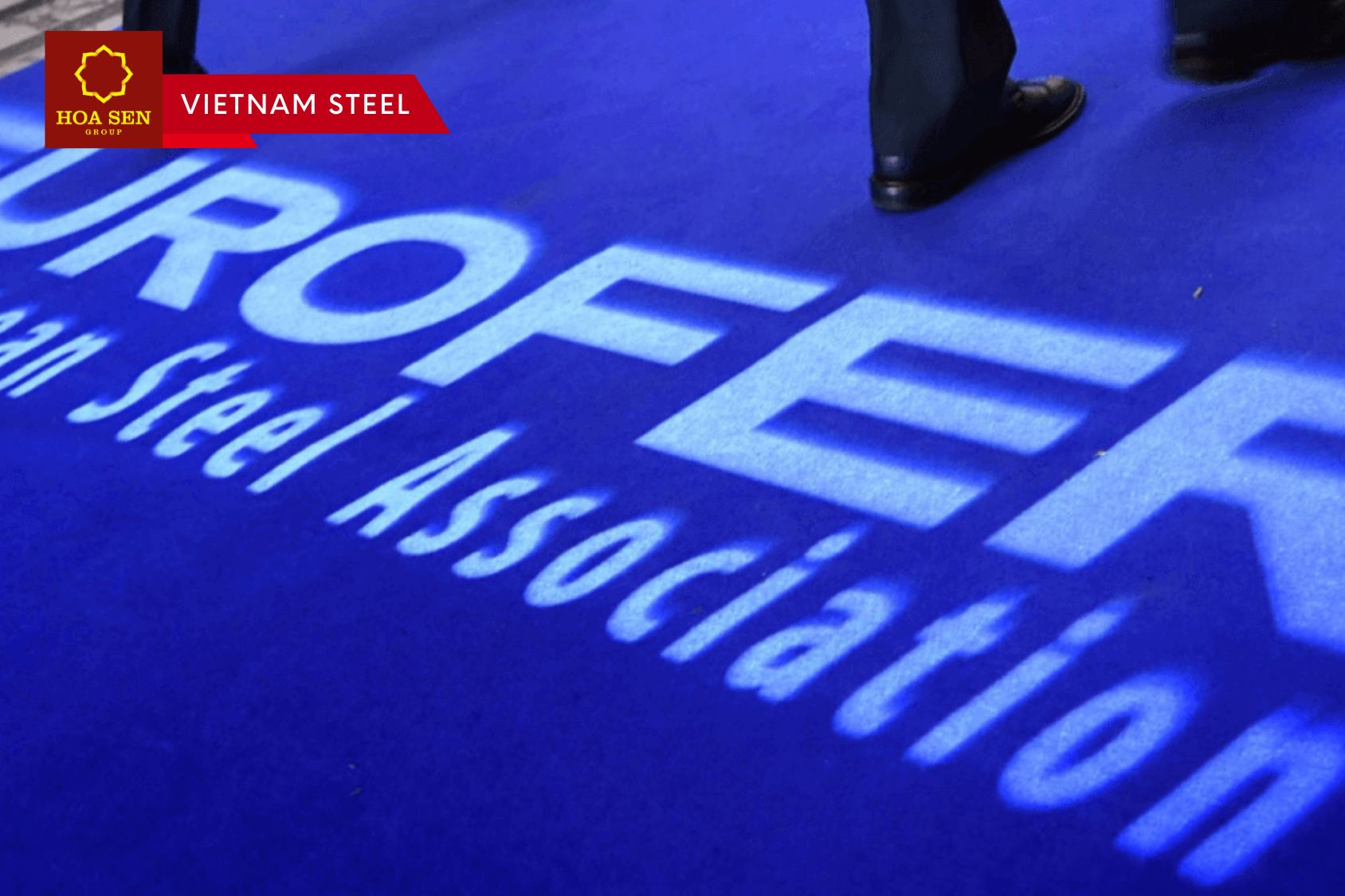Quotations of raw materials adjusted to the level of August after a fall in September and a sharp rise in early October
January iron ore futures, which are the most traded on the Dalian Commodity Exchange during the period of October 18-25, increased by 1% compared to the previous week – to 769.5 yuan/t ($108.04/t). On the Singapore Exchange, the quotes of the basic November futures decreased during this period – by 0.3%, to $101.05/t. At the same time, since the beginning of October, when there was a significant rise in the iron ore market, prices fell by 7.7% and 9.8%, respectively.
During the week of October 18-25, the global iron ore market was affected by various economic factors, including China’s insufficient stimulus policy and disappointing global steel demand forecasts. In particular, the World Steel Association downgraded its short-term forecast for global steel demand in 2024 to -0.9% y/y (1.75 billion tons). For China, the figure will decrease by 3%.
Thus, at the beginning of the period, raw materials lost ground, mainly due to weaker steel consumption in China. Investors and analysts pointed to the lack of prospects for industrial growth, which created uncertainty for the steel industry in the medium term.
However, by October 21, the situation had changed somewhat. Given the need to stabilize the economy, the People’s Bank of China took additional measures to cut rates, which had a positive impact on short-term ore demand forecasts. However, minor economic stimulus only adds to market confidence for a short time, so supply weakened again on October 22.
Growing concerns about insufficient steel demand and global uncertainty led to another decline in iron ore prices. The market lacks specific measures to stimulate the industry, which affects optimistic sentiment among traders and creates short-term fluctuations in demand in the event of new economic incentives that do not last.
At the end of the week, prices showed a slight recovery after a three-day decline. Investors noted a pickup in demand, but the situation remained tense due to weak long-term prospects for the steel industry.
The overall outlook for the coming weeks remains mixed. On the one hand, possible additional stimulus measures in China could support demand. On the other hand, the global recession and weakness in the steel market may restrain the growth of iron ore prices.
Global exports of iron ore increased by 5% in January-September 2024 compared to the same period in 2023, to 1.2 billion tons. At the same time, global steel production decreased by 1.5% y/y – to 1.39 billion tons during this period.
Read more: EUROFER downgraded its forecast for apparent steel consumption in the EU in 2024 to -1.8% y/y
Vietnam Steel by Hoa Sen Group

